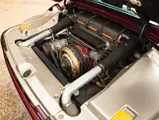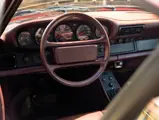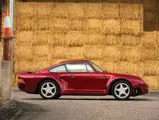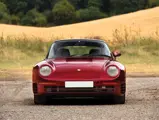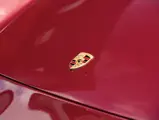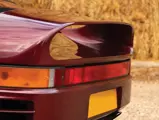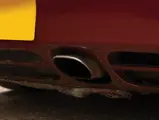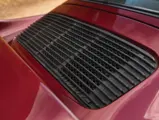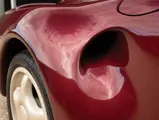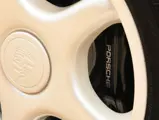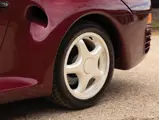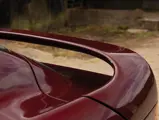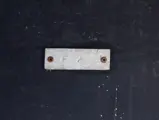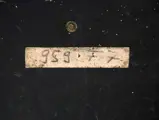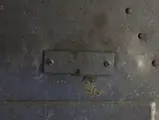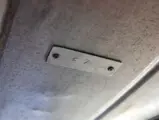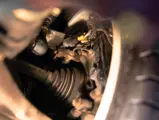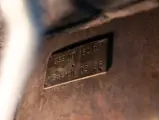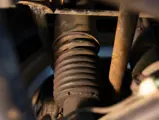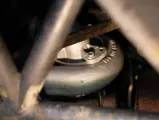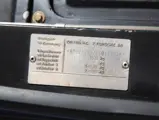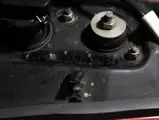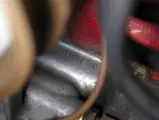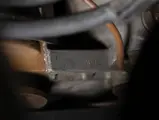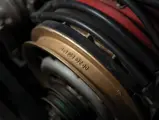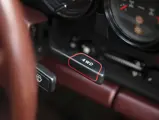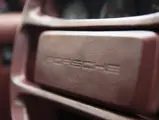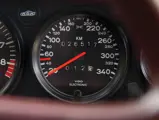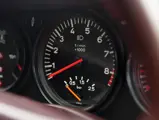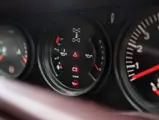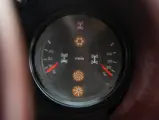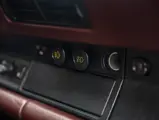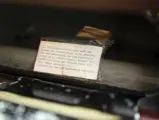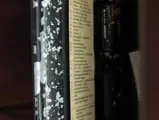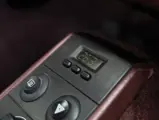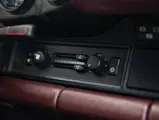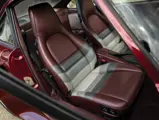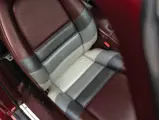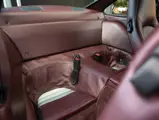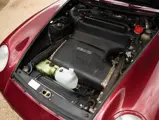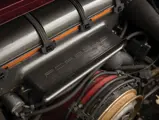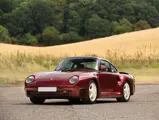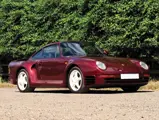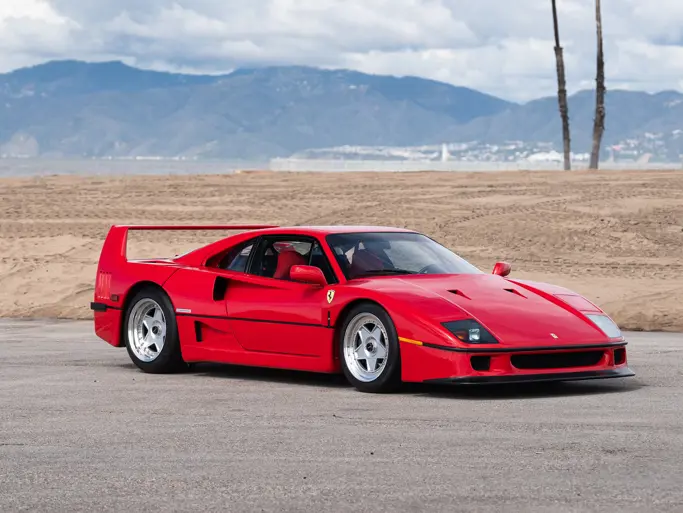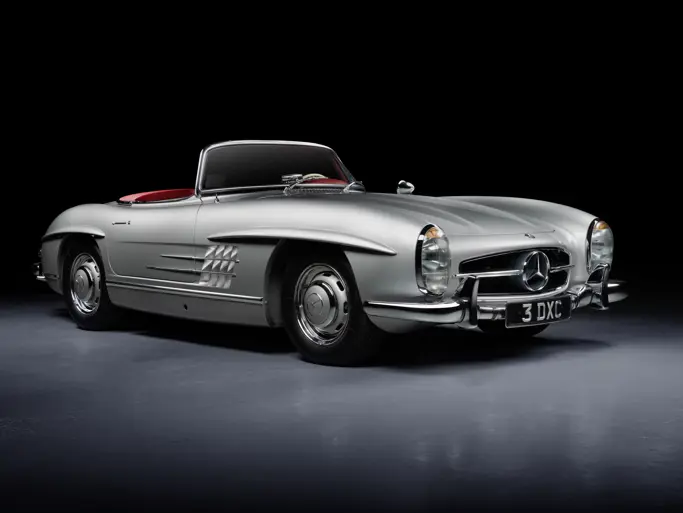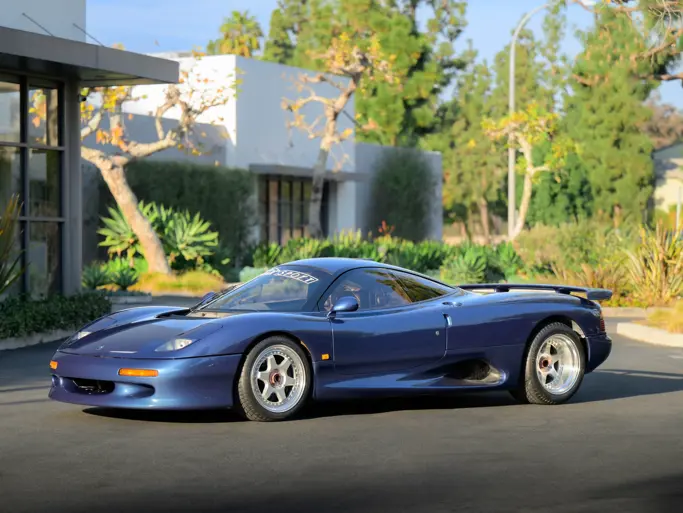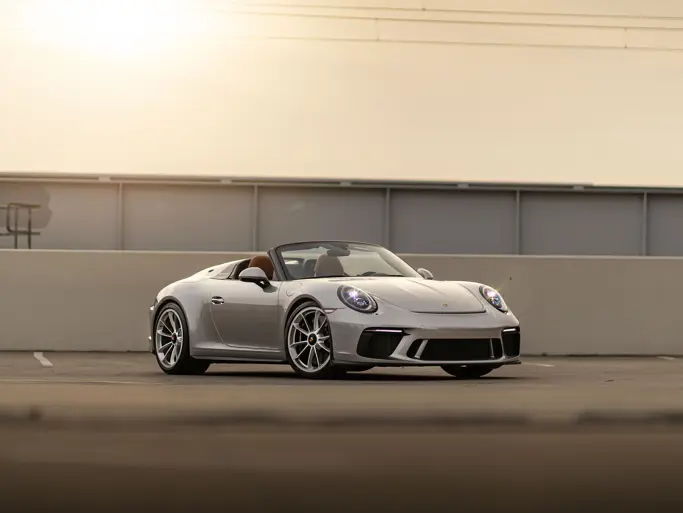The Porsche 70th Anniversary Auction
1985 Porsche 959 Prototype
{{lr.item.text}}
$1,000,000 USD | Sold
 | Atlanta, Georgia
| Atlanta, Georgia
{{internetCurrentBid}}
{{internetTimeLeft}}

- The seventh of twelve prototype 959s, one of perhaps three or four survivors
- Used by Porsche for testing and development
- Formerly owned by Vasek Polak
- Recent major service by Porsche Centre Reading
The story of the Porsche 959 is one that is well known and one that symbolizes the Porsche company ethos over the course of the last 70 years. Continually looking to push the envelope in terms of both technology and performance, the 959 was born of the company’s relentless pursuit of perfection. This was a car that once again reaffirmed Porsche as the leader in the sports car industry, as a company that stayed true to its roots but one that was never afraid of innovation.
F7
Within the realm of 959 production, our subject car falls into the earliest group of development cars, as an ‘F-series’ prototype. These came before the ‘V-Series’ pre-production cars and ‘N-Series’ pilot vehicles. Twelve F-Series prototypes were built, and all are easily discernable from one another. This example was the seventh built, one of two built in Ruby Red. The other Ruby Red F-Series prototype was F2, which (like prototype F1) bore no air intakes on its rear arches due to its earlier 1983-spec body shape, while F7 bore more conventional 959 bodywork.
Prototype F7 was earmarked for testing of electrical systems and hot weather testing and was used for these purposes by Porsche on the U.S. West Coast and in Europe. A number of photographs of the car in testing exist and can be seen in Jürgen Lewandowski’s book 959: The Art and Car, including one photo of it posed alongside a 911 with the Golden Gate Bridge in the background and some with the car covered in snow. Furthermore, other photographs show the car with several different interior configurations, including having different seats fitted and an interior completely stripped of leather. During this time, the 959 certainly saw extensive use by Porsche engineers to ensure that the systems it tested would be ready for full production in a few months’ time.
Most prototype vehicles owned by Porsche are sadly destroyed at the end of their testing period rather than being placed into storage or sold off to private customers, and this proved to be the case with the vast majority of the F-Series 959s. However, F7 is one of the few that escaped. At the end of its testing regimen, the car returned to Stuttgart where it was retrimmed. It is believed that at this point, noted Porsche importer and dealer Vasek Polak was made to purchase F7 along with its sister cars F6 and F9, under the premise that it would be fully restored, rebuilt, and converted to production specification to be sold as a customer car. However, Polak refused this and purchased the car outright, insisting that no work be done on the cars prior to him taking possession. As a result, Polak was required by Porsche to never sell, race, or register the car for road use unless it was fully refurbished by the factory.
POST-FACTORY OWNERSHIP
Under this agreement, F7 was imported to the U.S. for display purposes only, where it was then put on display at Polak’s headquarters in 1988. There it remained until roughly 1990 when it was shipped to Japan to be put on display at the Matsuda collection. Following Polak’s passing in 1997, the car was sold from his estate the following year to Belgium. There it remained until 2000 when it was brought to the UK after being purchased by Minesh Ruparelia of Leicester and was registered for road use at that time. After passing through James Mackie of Ascot, the car was purchased by Phillip Taysom in 2002. Taysom subsequently spent roughly £50,000 on returning it to running condition through servicing at both Gantspeed Engineering in Lincolnshire and Porsche Centre Reading.
Purchased by its current custodian in 2007, the car remained mostly in static storage in his ownership, and retains many of its original prototype features, differentiating it from its production brethren. A detailed list of differences compiled by Mr. Taysom illustrates exactly what differs from F7 and the production cars. This includes the absence of power steering, a fuel filler cap, ride height control, rear seat backs, the passenger side wing mirror (as was the case with all prototypes), alarm, a windshield washer, and white magnesium wheels.
Conversely, the presence of a chart showing ancillary test circuits to the glove box, an earlier style drive-control stalk, additional wiring underneath the passenger seat, and hard mounting points for electronic equipment next to the rear seats also help to differentiate F7. Putting the car on a lift shows that two plaques riveted to the undertray are present, both stamped “F7,” along with a piece of masking tape stuck to the undertray, with “959 F7 written on it in black magic marker. This clearly was done during the car’s period of testing by Porsche to help differentiate it from its sister prototypes.
In the summer of 2018, F7 was sent to Porsche Centre Reading for a major service. It is worth noting that Porsche Centre Reading is the headquarters for Porsche Cars Great Britain and the only factory-certified 959, GT1, Carrera GT, and 918 Spyder service center in the UK. With invoices totaling to over £25,000, all fluids were changed along with a front axle gear change, replacement of front suspension dampers, a new battery, and new engine bay hood struts. Furthermore, a correct jack, manual, and service book were purchased for the car at this time. Invoices for this work, as well as invoices for previous work carried out by Porsche Centre Reading and Gantspeed Engineering, are included in the car’s history file.
It is well known that prototypes built by Porsche are often destroyed at the end of their period of testing and only a precious few prototypes have escaped this fate, F7 being amongst them. Of the 12 F-Series prototypes, only three or four are believed to have survived, and F7 is thought to be the only running and driving example, leaving it as perhaps the earliest running and driving 959 in existence. Its significance in the history of the 959 cannot be ignored and remains today as one of the most interesting 959s in existence. It would be an astute acquisition for any collector, and it would surely be welcomed at a variety of events worldwide, where it would undoubtably garner much attention.



